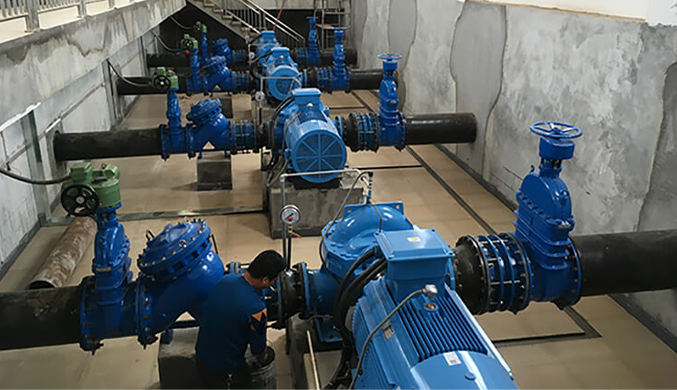English
- Afrikaans
- Albanian
- Amharic
- Arabic
- Armenian
- Azerbaijani
- Basque
- Belarusian
- Bengali
- Bosnian
- Bulgarian
- Catalan
- Cebuano
- Corsican
- Croatian
- Czech
- Danish
- Dutch
- English
- Esperanto
- Estonian
- Finnish
- French
- Frisian
- Galician
- Georgian
- German
- Greek
- Gujarati
- Haitian Creole
- hausa
- hawaiian
- Hebrew
- Hindi
- Miao
- Hungarian
- Icelandic
- igbo
- Indonesian
- irish
- Italian
- Japanese
- Javanese
- Kannada
- kazakh
- Khmer
- Rwandese
- Korean
- Kurdish
- Kyrgyz
- Lao
- Latin
- Latvian
- Lithuanian
- Luxembourgish
- Macedonian
- Malgashi
- Malay
- Malayalam
- Maltese
- Maori
- Marathi
- Mongolian
- Myanmar
- Nepali
- Norwegian
- Norwegian
- Occitan
- Pashto
- Persian
- Polish
- Portuguese
- Punjabi
- Romanian
- Russian
- Samoan
- Scottish Gaelic
- Serbian
- Sesotho
- Shona
- Sindhi
- Sinhala
- Slovak
- Slovenian
- Somali
- Spanish
- Sundanese
- Swahili
- Swedish
- Tagalog
- Tajik
- Tamil
- Tatar
- Telugu
- Thai
- Turkish
- Turkmen
- Ukrainian
- Urdu
- Uighur
- Uzbek
- Vietnamese
- Welsh
- Bantu
- Yiddish
- Yoruba
- Zulu
Telephone: +86 13120555503
Email: frank@cypump.com
Nov . 10, 2024 18:46 Back to list
Enhancing Efficiency in Flue Gas Desulfurization Pump Systems for Environmental Protection
Understanding Flue Gas Desulfurization Pumps Essential Components for Air Quality Management
Flue gas desulfurization (FGD) is a critical technology employed in power plants and industrial facilities to reduce sulfur dioxide (SO2) emissions. As regulatory pressures to improve air quality intensify, the demand for efficient and reliable FGD systems has significantly increased. At the heart of these systems are FGD pumps, which play an essential role in the process of removing harmful sulfur compounds from flue gases before they are released into the atmosphere.
The Role of FGD Pumps
FGD pumps are specialized equipment designed to transport slurries, which consist of a mixture of absorbent material (often lime or limestone) and water, used in neutralizing sulfur dioxide. The process generally involves passing flue gas through a scrubbing solution where the SO2 reacts with the absorbent to form sulfites and sulfates, effectively removing the pollutants from the gas stream. These pumps must handle corrosive materials, high flow rates, and varying pressures, all while maintaining reliable operation.
Types of FGD Pumps
The most common types of pumps used in flue gas desulfurization systems include
1. Slurry Pumps These are primarily used for handling slurries that are created in the desulfurization process. They are designed to manage high solid concentrations and can operate with various particle sizes.
2. Centrifugal Pumps Frequently used for transferring liquids, centrifugal pumps are suitable for FGD applications where lower viscosity fluids are involved. They are efficient and capable of providing a consistent flow rate.
3. Positive Displacement Pumps These pumps are ideal for applications requiring precise flow control and the handling of viscous fluids. They can maintain a steady flow regardless of the discharge pressure, making them valuable in certain remediation processes.
Key Features and Considerations
flue gas desulfurization pump

When selecting FGD pumps, several factors must be considered
- Corrosion Resistance Given the harsh chemical environment created by the slurry, pumps must be constructed from materials resistant to corrosion, such as stainless steel or special alloys.
- Maintenance and Durability Reliability is crucial in FGD applications. Pumps should be designed for easy maintenance to reduce downtime and extend operational life.
- Efficiency Energy consumption is a significant operating cost. Therefore, choosing pumps that offer high efficiency can lead to cost savings over time.
- Flow Rate and Pressure Understanding the specific requirements of the FGD system, including necessary flow rates and pressure ranges, is critical for selecting the appropriate pump.
Environmental and Regulatory Impacts
The implementation of FGD systems is not merely an operational choice; it is a response to legal and societal pressures to mitigate the environmental impact of industrial processes. The Clean Air Act and various international agreements have set stringent limits on SO2 emissions, which necessitates the use of FGD technology. Utilizing efficient FGD pumps facilitates compliance with these regulations, thereby protecting air quality and safeguarding public health.
Conclusion
Flue gas desulfurization pumps are vital components in the quest for cleaner air and reduced emissions from power plants and industrial facilities. Their ability to efficiently manage corrosive slurries ensures that harmful sulfur dioxide is effectively removed from flue gases, paving the way for a cleaner environment. As industries continue to adapt to stricter environmental regulations, the importance of selecting reliable, efficient, and durable FGD pumps will only grow. Investing in the right technology not only benefits compliance but also contributes to sustainable practices that protect our planet for future generations. Through innovation and focused design, FGD pumps stand as a testament to the industrial commitment to environmental stewardship.
-
ISG Series Vertical Pipeline Pump - Chi Yuan Pumps Co., LTD.|Advanced Hydraulic Design&Energy-Efficient Solutions
NewsJul.30,2025
-
ISG Series Vertical Pipeline Pump - Chi Yuan Pumps Co., LTD.
NewsJul.30,2025
-
ISG Series Vertical Pipeline Pump - Chi Yuan Pumps Co., LTD.|energy-efficient fluid handling&industrial durability
NewsJul.30,2025
-
ISG Series Vertical Pipeline Pump - Chi Yuan Pumps | Advanced Engineering&Industrial Efficiency
NewsJul.30,2025
-
ISG Series Pipeline Pump - Chi Yuan Pumps | High Efficiency, Energy Saving
NewsJul.30,2025
-
ISG Series Vertical Pipeline Pump-Chi Yuan Pumps|High Efficiency&Reliable Performance
NewsJul.29,2025










